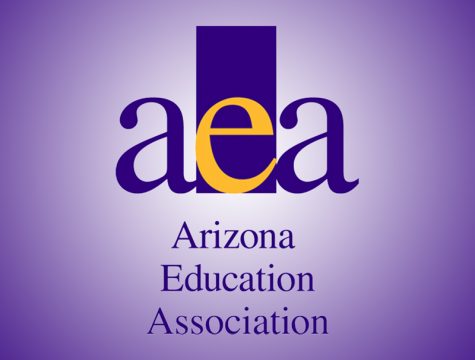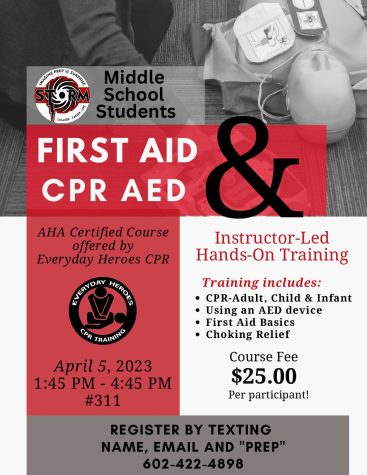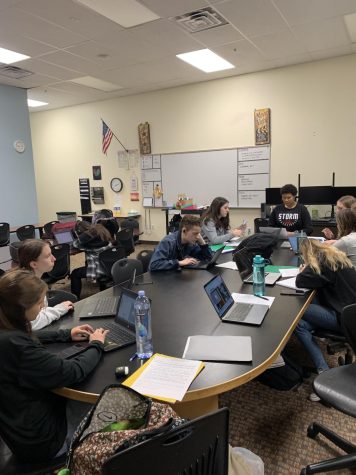Arizona Education: What’s going on?
As recent study by usnews.com indicates, the state of Arizona is ranked 40th in education. Arizona is doing significantly better in higher-level education Compared to K-12th-grade education. Our high school graduation rate is 79.5 percent, this stands below the national average which is 84.1 percent.
Every spring in Arizona students takes AzMERIT(Arizona’s Measurement of Educational Readiness to Inform Teaching). Students ranging from third grade all the way up into high school. This is the main way that state legislators decide how the schools doing, funding, etc..
Looking at studies that show Arizona education scores of different variables including ages and grades. The results of these tests that were done are very interesting. Between grades third to eleventh, there was a 12 percent decrease in the ELA(English Language Arts) test score, and a 20 percent decrease in math scores; as of 2018.
Problems in our education can’t just be solved by fixing our curriculum or teaching methods. But instead helping children at the source; home life. According to azcentral.com about one in four children in Arizona live in poverty. When children don’t have the resources to succeed, they won’t be able to live up to their full potential. Are schools offering students the resources that they need for education to be successful? Who decides what schools and districts get more money?
A report written by Kristin Blagg and Matthew M. Chingos explains,¨Most states consider the ability of each district to contribute local resources (e.g., from property taxes) to their schools as part of their funding models..̈ they say, ̈The simplest way to think about this is in terms of the total value of the property that can be taxed per student who lives in the district. For any chosen tax rate, a district with more property wealth per student will be able to raise more local revenue per student than a district with less property wealth ̈
To sum up, what this is saying, officials, look at property wealth in the places and districts that its in and divis up funds to schools based on students’ needs.
The more funds that are given to students is the easier it would be for students to succeed. For example, if a school had a large number of funds and could afford to lend each student their own Chromebook they would have the resources to study, write essays, go on Khan Academy, etc.
I do think that more funding in schools is a great solution to this problem but it may not be the most realistic solution considering the given factors of a limited budget. So it may not be the most realistic but at the very least would help students tremendously.










